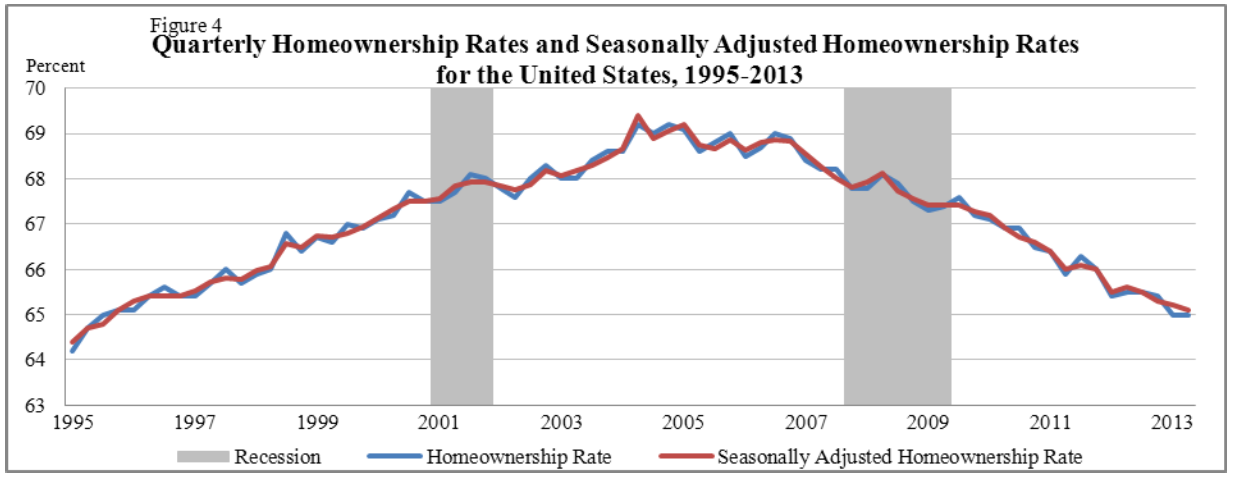Listen to this: Data and Analytics for Hiring and HR
From afar, I have to admit for some time I have been a fan of Evolv, an HR technology company that has for the last few years been been doing some really clever and interesting things in the assessment, screening and analytics space.
Essentially, Evolv helps big organizations, like Xerox for one, understand the characteristics, experiences, and skills that tend to make people successful (and not successful) in a given job, and then helps organizations test for and hopefully hire, the kinds of people that meet (or come close to) those characteristics and therefore are most likely to be successful if they are hired.
Evolv can then evaluate these data points, (and they have millions of them), compare the answers given by prospective candidates to the profile of characteristics of existing employees that indicate eventual performance success, and assess the 'match' of the candiate's answers to the characteristics of the people that time and history have proven to actually be successful on the job.
Recently the folks at NPR's Planet Money took a look at the online predictive assessment process that companies like Evolv are developing and their experience and observations make for a really interesting listen. Check out the NPR podcast here, or using the embedded player below, (email and RSS subscribers may need to click through)
Really fascinating discussion, and mostly because it gives a glimpse into what 'regular' folks, i.e. people not into HR tech or HR or tech, and rather the typical job seeker, think about this approach to employment assessment and HR technology.
The bottom line seems to be that while there might be some (initial) reservations about the relevance, accuracy, and applicability of these kinds of screening tools for employment, that the 'old' system of resumes, cover letters, interviewing polish, and 'Do you have a friend on the inside?' cronyism that are the hallmarks of the traditional job search are no better than casing your lot with an online assessment.
For what it is worth, I think the approach Evolv is taking represents the future of screening, assessment, and hiring. Wordsmithing resumes, spending hours and hours on cover letters than no one reads, and trying to decide if you should wait 24 or 48 hours to follow up with a recruiter after an interview seem incredibly nonsensical, add little value to the process, and ultimately have nothing at all inherent in them that can predict eventual success on the job.
So take a listen to the podcast (about 18 mnutes or so), and get an idea where the future of assessment and recruiting is heading. Let me know what you think.
Happy Geico Day!

 Steve
Steve

